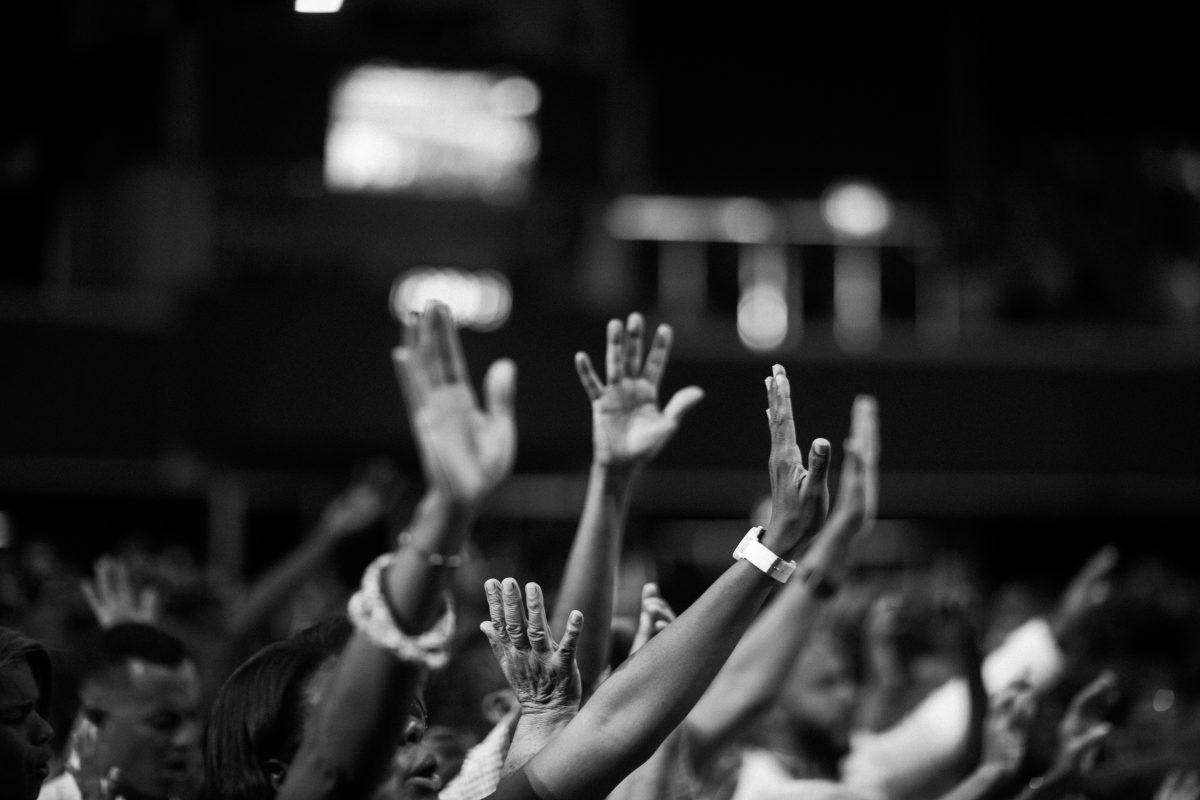By Katya Agatucci | The Broadside (Contact: [email protected])
National Native American heritage month is a time to celebrate the culture and history of the Native people in the United States, as well as an occasion to raise awareness of the unique challenge that Native people face historically and in the present.
Michelle Cary, the Native American program coordinator at Central Oregon Community College, explained that “It’s a time to recognize that Native Americans are still here. I think that people tend to think that they lived back in the day in the 1800s, living in teepees out in the plains, but Native Americans are still here and they are contributing to society. I think it’s a way to recognize that it’s a big part of our culture.”
Cary is ½ Seneca Indian. Her grandmother was full Seneca and lived in a reservation in Oklahoma. As the Native American Program Coordinator, Cary is also the advisor of the First Nation Student Union club at COCC.
When students in the club manage events, she helps to guide students and also sets up events like the film screening of “More Than a Word” that is showing on Nov. 30 at the Boyle Education Center. The film covers the issue of the use of Native American mascots in sports teams and the impact that it has.
Cary mentioned that there are many misunderstandings with the concept of native dresswear, saying, “Some people think that they are wearing Indian clothing out of respect, but a headdress is not to just be worn by anyone. It’s for chiefs and shamans of the tribe.”
Along with events that the students in the club and Cary manage, the annual Salmon Bake at COCC is a large event that the First Nations Student Union club is apart of. The set date of the 2018 Salmon Bake is June 2.
Hosting these kinds of events on campus helps to “Bring in a cultural experience for the community,” Cary explained.
Cary’s office is also a place for Native students to come and talk to her. ”I also guide them towards all of the services that we have here. Sometimes I just listen to them. It gives them a home base here,“ she said.
Within the native community in Central Oregon and the COCC campus, there are specific challenges that Native Students face. Cary explained that family support is a large factor for native students.
“There is not an understanding of why they are choosing to do this [higher education], because it’s expensive to go to college. Some of these students, they are the first ones to go to college. It’s a very foreign thing for their family,” Cary explained.
Transportation is also a difficult and large factor within the native community if they live in Warm Springs or Madras.
“I think it’s not understanding and it’s almost not equating that Natives are human beings in the current world. They are not something from the 1800s, they’re here, we are here,” Cary said.
Even though getting a higher education can be difficult due to resources, Cary explained that it is a large contribution because many of the individuals bring that education back to their reservation in some way or another.
November was appointed to be National Native American Heritage month in 1990 by President George H. W. Bush, who approved a joint resolution for the month.
There are many things that the community can do to celebrate the month, even if they aren’t of native descent.
“Go online and look things up. Ask questions, it’s totally fine to ask what tribe you are from,” Cary explained if anyone has a native student in their classes or if they see them on campus. She also mentioned that researching local tribes native to Oregon and becoming immersed in the culture are other ways to celebrate the heritage month.
To learn more about the First Nations Student Union club or the Native American program at COCC, contact Michelle Cary at [email protected]. ■
Ways to Celebrate Native American Heritage Month:
- Read a book about Native American History
- According to the American Indian College Fund, they suggest 1491: New Revelations of the Americas Before Columbus by Charles C. Mann. The book unveils the true history of the country by diving into the science, history, and archaeology of the country.
- Learn about the real story of the first Thanksgiving
- Try a native recipe
- Bake some pumpkin bread or try cooking up some native soup.
Visit: https://indiancountrymedianetwork.com/culture/native-recipes/native-soup-for-the-soul/ & https://indiancountrymedianetwork.com/culture/native-recipes/native-food-it-may-be-jack-o-lantern-season-but-there-are-more-delicious-reasons-to-carve-a-pumpkin/ For some recipes
4. Watch a film starring native indians
- “Bury My Heart at a Wounded Knee”
- “Apocalypto”
- “Barking Water”
- “Atanarjuat (The Fast Runner)”
- “The New World”
- Watch a lacrosse game
- This sport was originally started by Native Americans and was called “stickball.” According to the Federation of International Lacrosse it was played for the first time in the St. Lawrence Valley area by the Algonquian tribe. These games were seen as important events and took place over the course of several days.
- Visit https://filacrosse.com/fil/origin-history/ to learn more about the origin.








